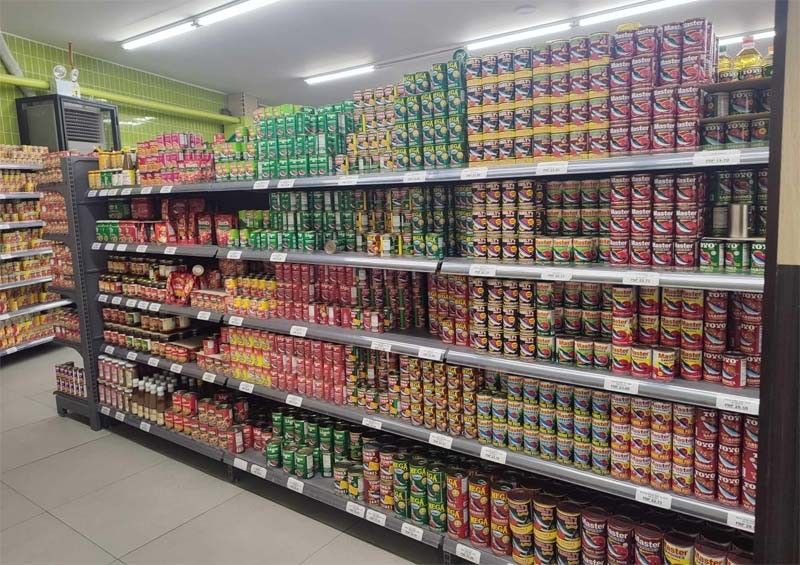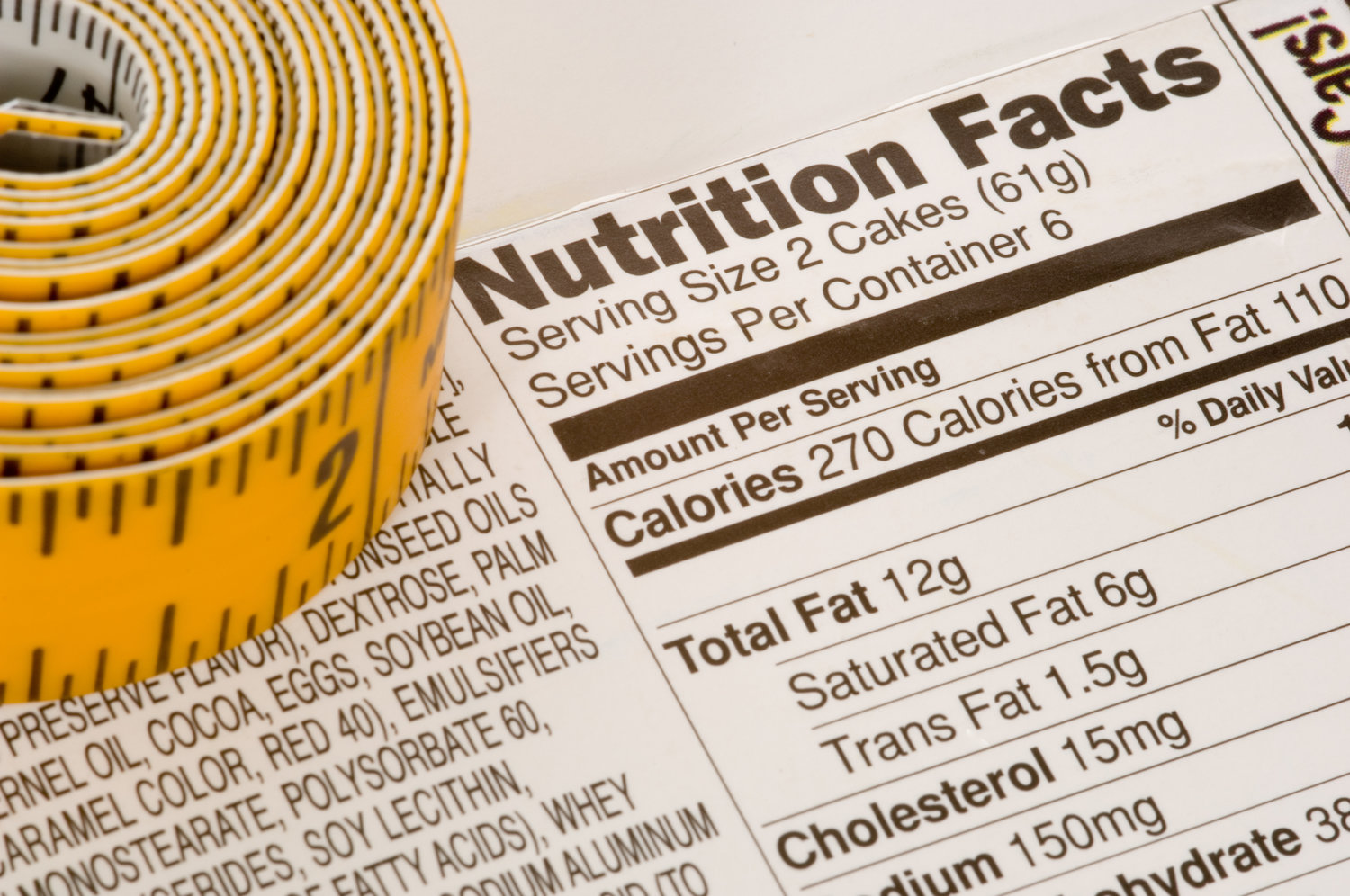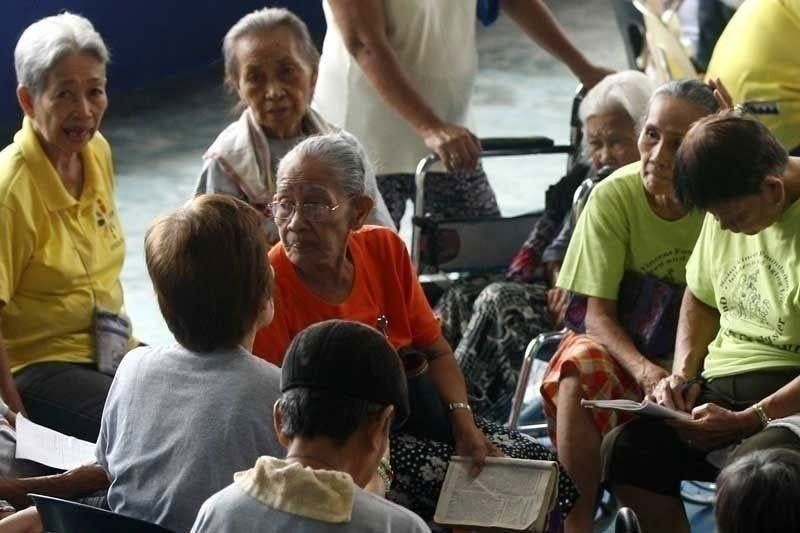
MANILA — The country’s inflation rate picked up pace in August, snapping a six-month downtrend, due largely to increases in the prices of food such as rice and vegetables, as well as transport costs, according to the Philippine Statistics Authority (PSA).
At a briefing yesterday, National Statistician Dennis Mapa said headline inflation, or the rate of change in average prices of goods and services typically purchased by consumers, rose to 5.3 percent in August from 4.7 percent in July.
The latest inflation reading, however, is lower than the 6.3 percent posted in the same month last year.
The August inflation rate is within the projected range of 4.8 to 5.6 percent of the Bangko Sentral ng Pilipinas (BSP) for the month.
Mapa said the uptrend in overall inflation was primarily due to the higher increase in food and non-alcoholic beverages at 8.1 percent in August from 6.3 percent in July.
Inflation for food alone went up to 8.2 percent in August from 6.3 percent in July, with rice and vegetables as the main drivers.
In particular, rice had a higher inflation rate of 8.7 percent in August from 4.2 percent in July.
The National Economic and Development Authority (NEDA) said the expected reduction in rice output due to El Niño and the export ban recently imposed by major rice exporters such as India and Myanmar had pushed up international rice prices.
It also said the alleged hoarding incidents, artificial shortage and speculative business decisions of market
players may have further exerted upward pressure on the local retail price of rice.
Amid rising prices, President Marcos through Executive Order 39 imposed a price ceiling of P41 per kilo for regular milled rice and P45 per kilo for well-milled rice. The order took effect yesterday.
Mapa said inflation rate for vegetables was higher at 31.9 percent in August from 21.8 percent in July.
The transport commodity group has also been cited as a main driver to the overall inflation uptrend, registering at 0.2 percent in August from -4.7 percent in July.
Inflation averaged 6.6 percent in the January to August period, higher than the BSP’s two to four percent target range.
Core inflation, which excludes volatile food and energy items, meanwhile, further slowed to 6.1 percent in August from 6.7 percent in July.
Expected
Oikonomia Advisory and Research Inc. president and chief economist John Paolo Rivera said in an email, the higher inflation rate in August was expected, given the steep oil price hikes and the calamities that disrupted the food supply chain.
“There is likelihood of acceleration in the succeeding months due to typhoons, flooding that will continue to disrupt food production and distribution creating supply chain constraints,” he said.
With the coming holiday season, he said demand-pull inflation may kick in.
“With supply shocks to important food items and imported energy, we could see a resumption of price pressures building up,” ING Bank senior economist Nicholas Mapa said.
In the coming months, inflation would be driven largely by the movement in the costs of three key commodities – rice, electricity and transportation, he said.
Under such scenario, the government will have to step up measures to ensure food security, protect consumers and provide assistance to farmers, according to NEDA.
“Despite the ongoing challenges we encounter, such as severe weather conditions and trade limitations imposed by other nations, our objective remains to achieve an inflation rate between two and four percent by the year’s end,” NEDA Secretary Arsenio Balisacan said.
With food, particularly rice and vegetables, cited as the main driver of inflation, there is greater need for the government to provide assistance to farmers to increase their production, given the adverse effects of continuous rains last month and the anticipated impact of El Niño on domestic rice and vegetable output in the first quarter of next year.
He also cited the need to augment support for farmers in drying and milling palay in the upcoming harvest season, as well as to hasten the implementation of programs for the swift recovery of production in typhoon-ravaged areas.
To help bring down the cost of rice, the existing tariff on the commodity may have to be reviewed, taking into account the impact of such intervention on local producers.
“To partially counterbalance the rise in global prices and alleviate the impact on consumers and households, we may implement a temporary and calibrated reduction in tariffs,” he said.
He said the government also needs to accelerate the rollout of the Food Stamp Program of the Department of Social Welfare and Development (DSWD), which involves providing P3,000 worth of food credits to target beneficiaries each month for six months to help consumers, particularly the poor.
The DSWD would also be providing P15,000 to small scale rice retailers affected by EO 39 through its Sustainable Livelihood Program.
Transport
Balisacan said the government would likewise provide assistance in the transport of rice sacks from farmer cooperatives and traders to retailers and wholesalers.
Government support for consumers through Kadiwa stores, targeted cash transfers and the Department of Trade and Industry’s Diskwento Caravan will also continue.
“Using policy levers on multiple fronts, we are confident in our ability to overcome the obstacles arising from domestic and international factors as we safeguard the interests of Filipino consumers and producers,” Balisacan said.
Meanwhile, the Department of Health (DOH) said the public may consider alternatives to rice that may be cheaper and just as or even more nutritious.
“We have people that are already used to eating other food products aside from rice. For example, sweet potato, corn or others that are more affordable,” DOH spokesman Undersecretary Eric Tayag said at a press conference yesterday.
“Aside from rice, sweet potato and corn, there are also some vegetables that can not only make us full, but also provides the needed nutrients,” he said.
“We can have this rotation of our basic food requirements,” he said.
He said the rising cost of food is “not enough reason for us to reduce what we eat or what we need in terms of (nutrition).” (philstar)








Sign up with promo code 1xBet and get a €/$130 bonus. Play sports betting, virtual sports and casino. 1xBet is offering a $130 welcome bonus to new customers. To receive the bonus, players must register on the 1xBet website, deposit money into their account, and confirm their right to receive the bonus. The bonus is then automatically credited to the player’s account. 1xbet free bet promo code Thanks to the bonus code, the player’s chances are instantly increased by 130%. Additional bonuses offered under the same conditions as the main package bonus must be earned.
Use the promo code 1xBet and get a €/$130 bonus when you sign up. Make sports bets, virtual sports or play at the casino. 1xbet promo code Valid throughout the year 2023. 1xBet offers new customers a welcome bonus of $130. To receive the bonus, you need to register on the 1xBet website, make a deposit to your account and confirm your right to receive the bonus. After that, the bonus will be automatically credited to the player’s account. Thanks to the bonus code, the chances of players immediately increase by 130%. You will have to win back the additional bonuses provided under the same conditions that apply to the main package bonus.